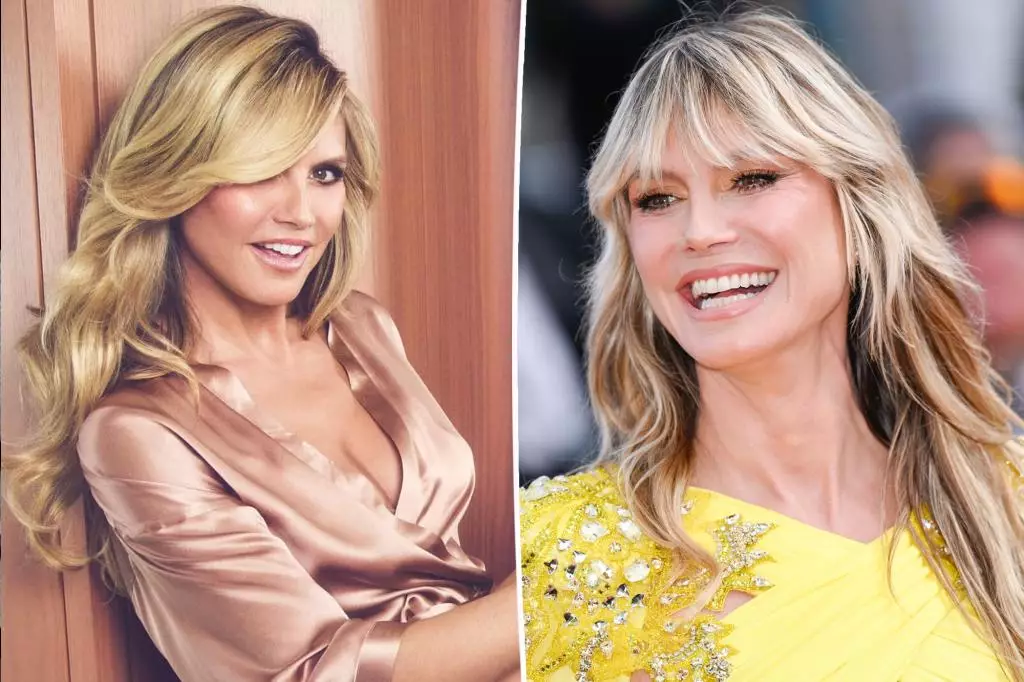In a recent interview, supermodel Heidi Klum opened up about a topic that is often cloaked in stigma and embarrassment: body hair. At 51, Klum is not just embracing the natural nuances of her body but is advocating for transparency about the changes that come with aging. Sharing her experiences with chin and breast hair, Klum illustrates her unfiltered approach to beauty and self-acceptance. She humorously recounts the surprise of discovering unexpected hair growth, calling it an oddity of getting older. This candidness paves the way for crucial conversations around the societal pressures placed on women regarding their appearance.
Klum’s light-hearted narrative regarding her body hair is refreshing in a world that often encourages women to hide imperfections. By laughing about her own experiences, she dismantles the taboo of discussing body hair, making it clear that these experiences are not just hers, but shared by many. When describing the process of tweezing, she brings a sense of humor to what could otherwise be an uncomfortable topic. Her references to “tree trunks” not only highlight the intensity of these transformations but also illustrate her confidence in discussing something that many feel compelled to conceal.
Delving deeper, Klum reflects on the foundations of her self-confidence, rooted in the lessons passed down from her mother, Erna Klum. The message is clear: happiness begins with self-acceptance. Klum recalls her mother’s wisdom about embracing one’s reflection, a vital component for emotional well-being. This perspective is compelling, suggesting that the narrative of embracing oneself might have generational implications. By sharing this secret, Klum not only reinforces her values but also implicitly challenges societal standards that often dictate how women should feel about their bodies.
Embarking on a campaign alongside her 81-year-old mother, Klum sets an inspiring precedent for women of all ages. The imagery of the mother-daughter duo signifies an evolving definition of beauty that transcends the superficial. Klum’s admiration for her mother at such an age serves as a reminder that confidence and beauty radiate from self-acceptance rather than adhering to conventional standards. This portrayal empowers women to recognize that aging can be an opportunity for growth and self-love, rather than something to dread.
Lastly, Klum’s idea of femininity challenges the rigid norms often imposed on women. Her lack of shame about her bodily changes illustrates a broader movement towards redefining femininity. Rather than conforming to unrealistic expectations, Klum embraces her journey with transparency. Thus, she becomes not just a model in the fashion world, but a beacon of authenticity that encourages others to accept their bodies in every stage of life.
Heidi Klum’s openness about body hair and aging fosters vital dialogue about self-acceptance and confidence. By sharing her story, she crafts an empowering narrative that resonates with women everywhere, rechanneling the conversation surrounding beauty from judgment to celebration.

